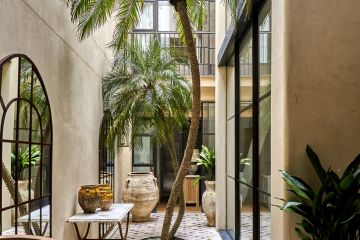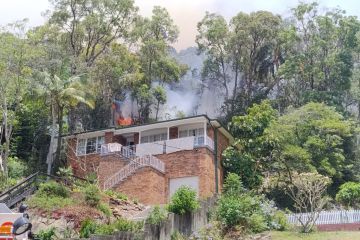How I really did it: The young Melburnian whose parents helped her break into the property market
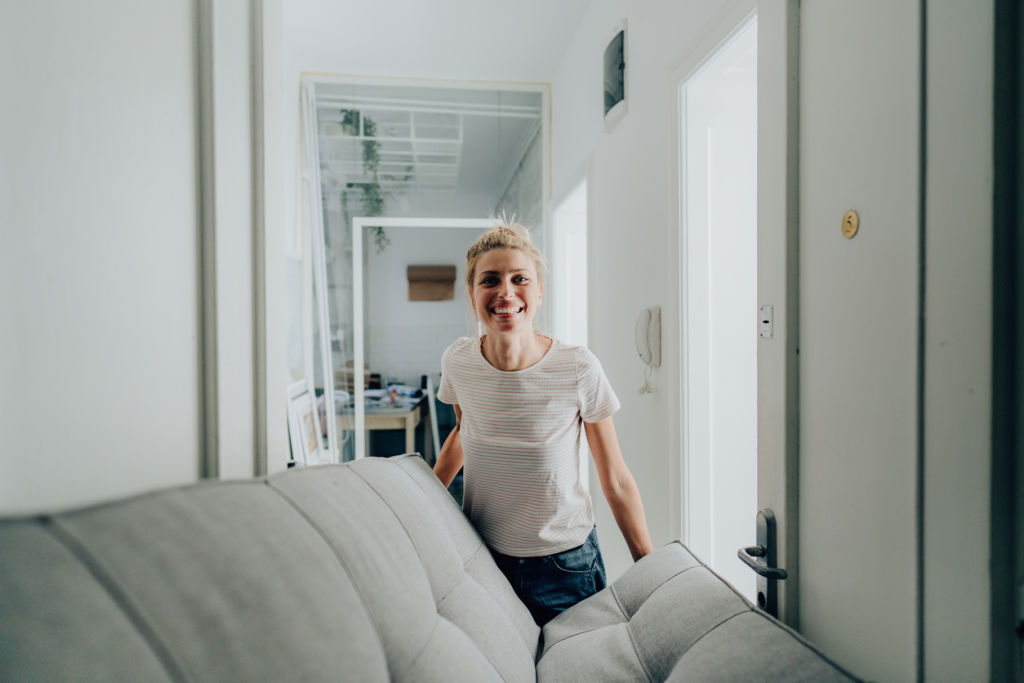
Almost two-thirds of Australians are homeowners, but very rarely do we hear specific details around how people afford to buy property.
In this column, we speak to recent first-home buyers to learn what was really involved in their first property purchase.
From those who saved for 10 years to afford a regional property on a single income, to the couples who inherited the money to buy a $1.5 million inner-city home, this column will share the real stories behind the “sold” stickers on Instagram, to provide a clearer snapshot of Australia’s newest home-owners.
Spoiler alert: to buy property in some of the most expensive housing markets in the world, there’s often more than just a good savings plan involved.
Nicole
- Age when first property purchased: 26
- Property location: Box Hill South, Victoria
- Occupation and annual salary: Exercise physiologist, $50,715 base salary + commission
- Property price: $650,000 in 2020
Nicole was in her early 20s and finishing university when her school friends began moving out of their family homes. Rather than follow suit, she chose to stay put in her parent’s house to hopefully save up and buy a property of her own.
“I thought, I don’t want to rent, because what’s the point in paying someone else’s mortgage off when there’s the possibility I could just pay my own mortgage off?” Nicole says.
“I was lucky with mum and dad. My older brother stayed home for a while, so they were completely open to me staying at home for as long as I liked.”
Initially living rent-free, Nicole paid a small amount of board when she started working full-time to help cover household bills.
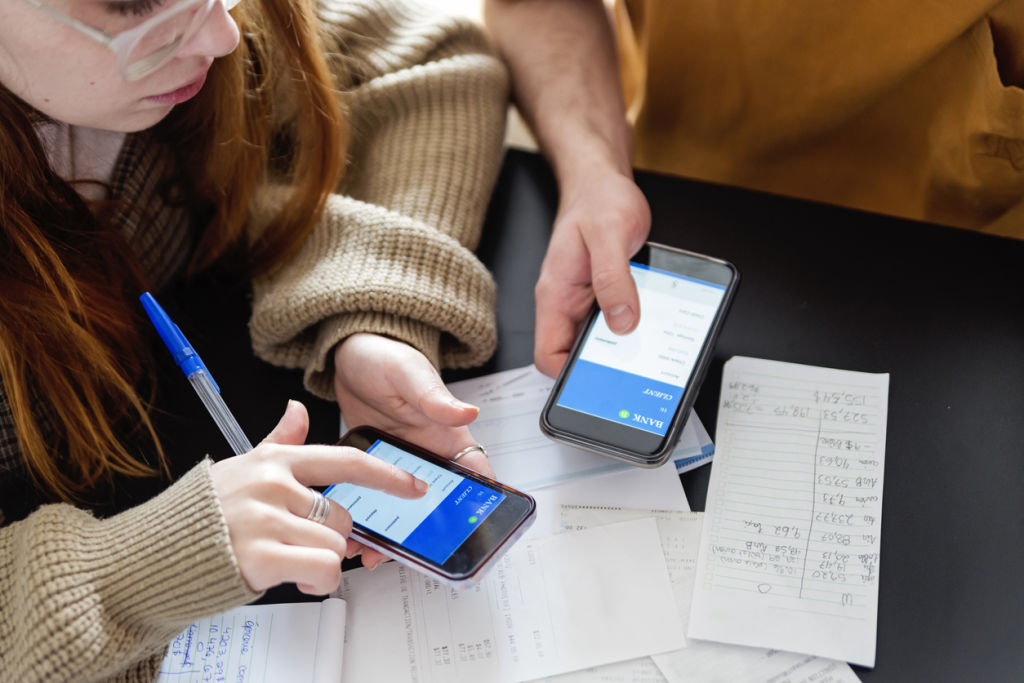
Using the savings strategies laid out in Scott Pape’s The Barefoot Investor, Nicole was able to save up a healthy deposit over the years. Also contributing to those savings was her naturally financially conservative lifestyle – such as borrowing clothes from her sister (a keen online shopper who’s the same size as Nicole) and, of course, the money she saved by living at home.
Nicole started seriously looking for a property to buy in mid-2019. Rather than applying for a home loan herself, it was decided her parents would buy the property on her behalf.
“Which was amazing – thank you mum and dad,” Nicole says. “We talked about my budget and the finances behind that: repayments, and what I could afford on my salary.”
While she initially looked at units and in Melbourne’s middle-ring south-eastern suburbs, Nicole soon realised she could buy a townhouse closer to the city when heading slightly further east.
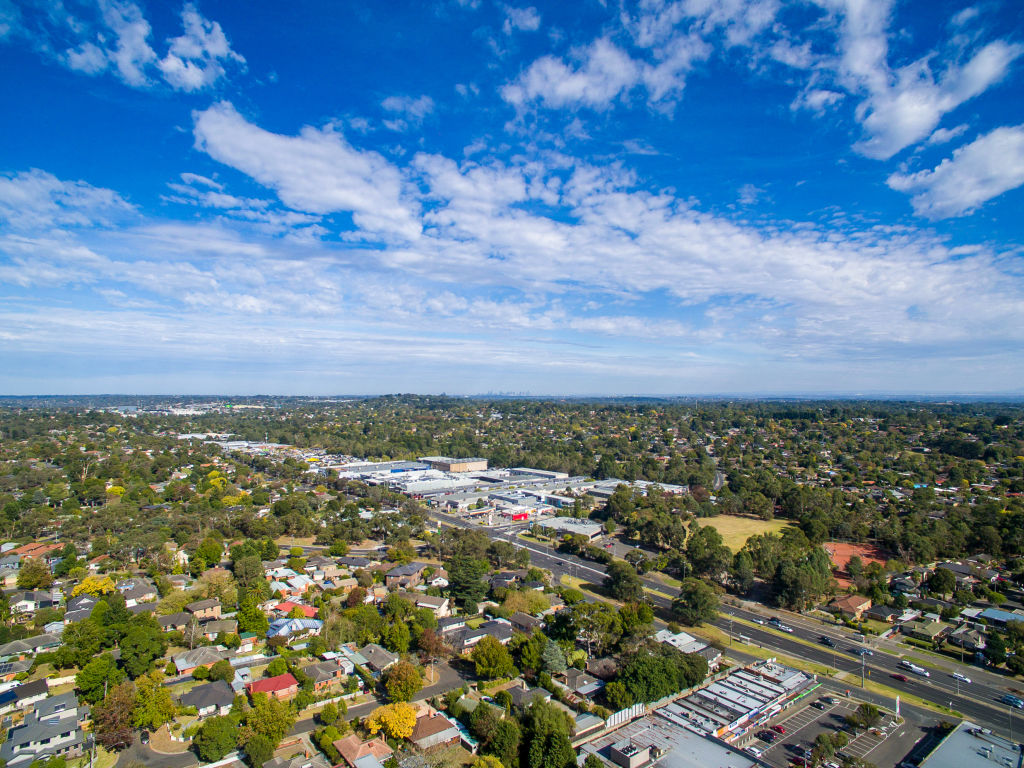
It was Nicole’s sister and her partner who discovered a 1980s brick townhouse that was up for private sale, having been passed in at auction.
The whole family went along to the inspection in Box Hill South and found it ticked all Nicole’s boxes: two bedrooms, outdoor space, a separate laundry and parking. It was also in great condition having already been renovated, so no immediate works were required.
After some negotiating, Nicole’s parents made a successful offer of $650,000. Nicole had $67,000 saved – just enough to cover the 10 per cent deposit going directly to her parents.
“It was meant to be. I think it’s all about timing and I was very lucky to have got the property,” she says.
Nicole and her partner moved into the property in mid 2020. They’ve since furnished the place mostly with items Nicole’s partner already owned (as he had lived out of home before) and second-hand items supplied by her parents.
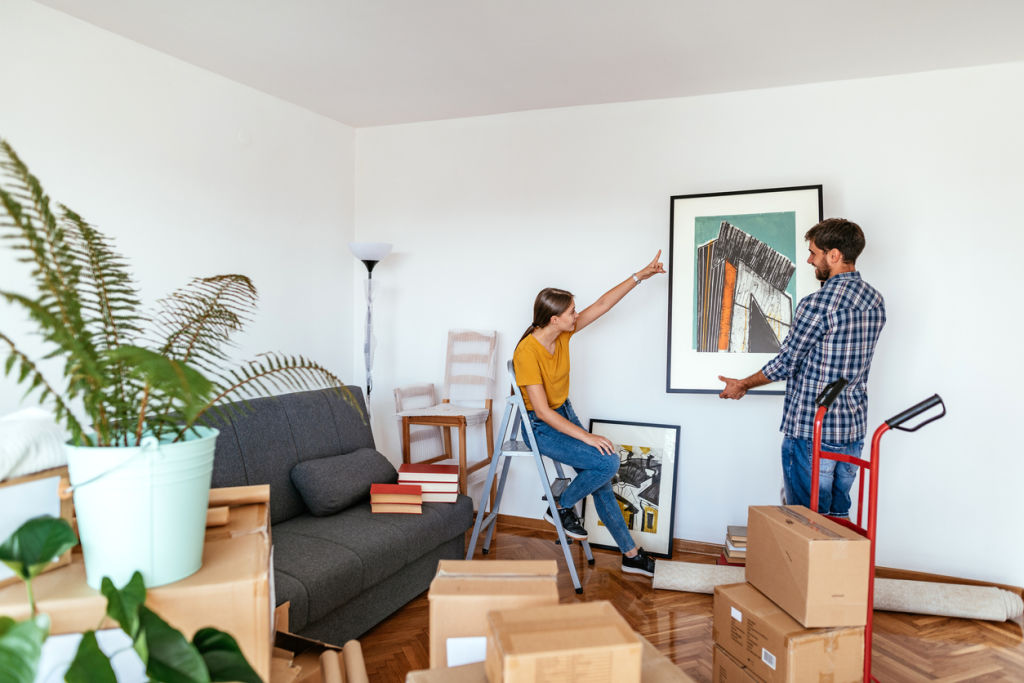
While Nicole’s partner did not contribute to the deposit, he and Nicole split the monthly repayments (inclusive of interest rates) to her parents.
In the long term, the couple plan to continue living in the house until they need to upsize. They were recently engaged and are now saving for a wedding.
Nicole’s advice to other hopeful first home buyers is to be persistent, and avoid being fooled by good marketing.
“Don’t focus on the pictures; wait until you actually get there to check it out,” she says.
“I know inspections get very tedious and you might have a day of eight lined up, but just keep at it. Your house will come along sooner rather than later – just keep at it.”
If you are a recent first home buyer keen to share your first home buying experience in this column, please email amelia.barnes@domain.com.au
Editor’s note: We’ve withheld the interviewees’ surnames for privacy reasons.
We recommend
States
Capital Cities
Capital Cities - Rentals
Popular Areas
Allhomes
More
- © 2025, CoStar Group Inc.



